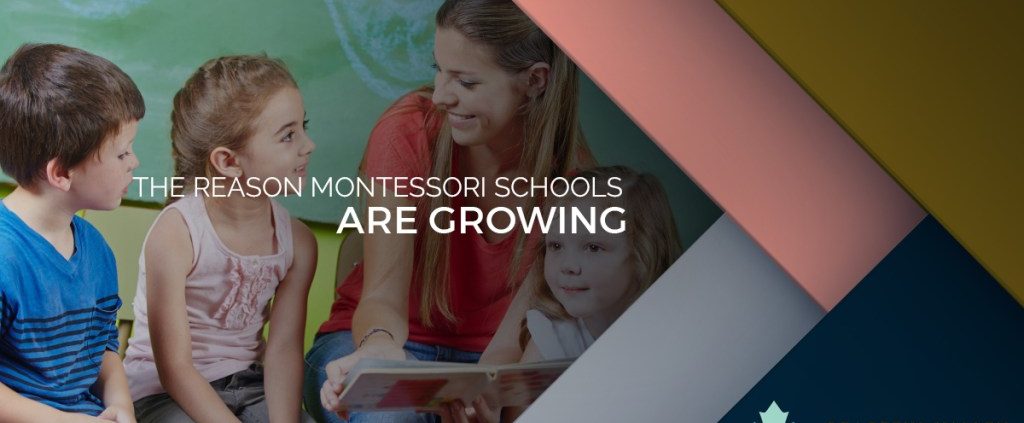In this article we wrote on the history of Montessori education and on Maria Montessori herself, detailing the very scientific processes she took to create her teaching methods. There was a huge interest in her style of teaching in the United States right up until about 1915, when it, unfortunately, went out of favor. But about 35 years later the interest returned, and since then Montessori education has steadily grown, with more than 4,000 schools across the country. (Most Montessori schools range from infants up through primary schools, though there are certainly Montessori middle schools and high schools.)
You might wonder why Montessori schools are more popular than ever. That’s what we’re here to discuss today: why Montessori schools are beating out both public schools and non-Montessori private schools.
RECOGNITION OF DIFFERENT LEARNING STYLES
While it’s laudable that the United States began public education less than 50 years after it became a country, the structure of it certainly didn’t lend itself to the learning methods of many children. It was so rigid that many bright children were labeled as having learning disabilities for physical ailments (such as eyesight problems) as well as mental ones (such as dyslexia). As we learn more about children with unique brains, such as those with autism and hyperactivity disorders, it becomes more and more common that it’s not the children who are the problem — it’s the rigid teaching style of traditional schools.
One aspect of learning that Montessori was ahead of her time with was the idea that different children will learn in different ways, and that they will be the ones to inform the teachers about the best way in which they can learn. A class with 10 students will require 10 different teaching methods that are specifically tailored by the teacher. This recognition of different learning styles is something that has benefited the growth of Montessori schools for decades, both in the United States and around the world.
LEARN TO LEARN
Because there are so many different ways of learning (as many as there are kids!), more and more people are realizing that it’s a good idea to give kids the opportunity to find out the best way that they absorb information. Montessori excels at this, allowing kids to explore the classroom so that they can, for lack of a better term, learn to learn. Teachers will recognize how each child is learning and guide them toward the best way to make use of their particular style.
CLASS SIZES
In a traditional classroom, there’s the one curriculum that is being taught. Since there’s just “one way to learn it,” a child who doesn’t absorb the information can often be left behind. And since there are bound to be more than a few kids who are left behind, a large class size is actually a detriment because a single teacher isn’t able to help those kids catch up.
That’s what makes the small class sizes in Montessori schools so appealing to many parents and their children. The small class sizes mean that each child is getting the attention they need. When they have questions, our teachers are there to answer them.
RISE OF CHARTER SCHOOLS
While the idea of charter schools has been around for more than 40 years, it’s been in the last 15 years that they’ve really taken off. There are now six times more children attending a charter school in the United States than there were in 2002, which means that more than 3,000,000 children are in charter schools across the country.
As those who create charter schools are looking for better methods to teach children, it’s no surprise that one of the most commonly considered is the Montessori method. With so many years of research and success behind it, Montessori schools are growing as a type of public education. In fact, there are now roughly 450 public schools in the United States that use Montessori’s teachings.
Parents want the best for their children, and when those children come home from a Montessori preschool or daycare and are excited about going back the next day, it’s pretty obvious that the Montessori method is giving their growing minds exactly what they need. Learn more about Peaceful Valley Montessori Academy here and how it can help your children.




Leave a Reply
Want to join the discussion?Feel free to contribute!